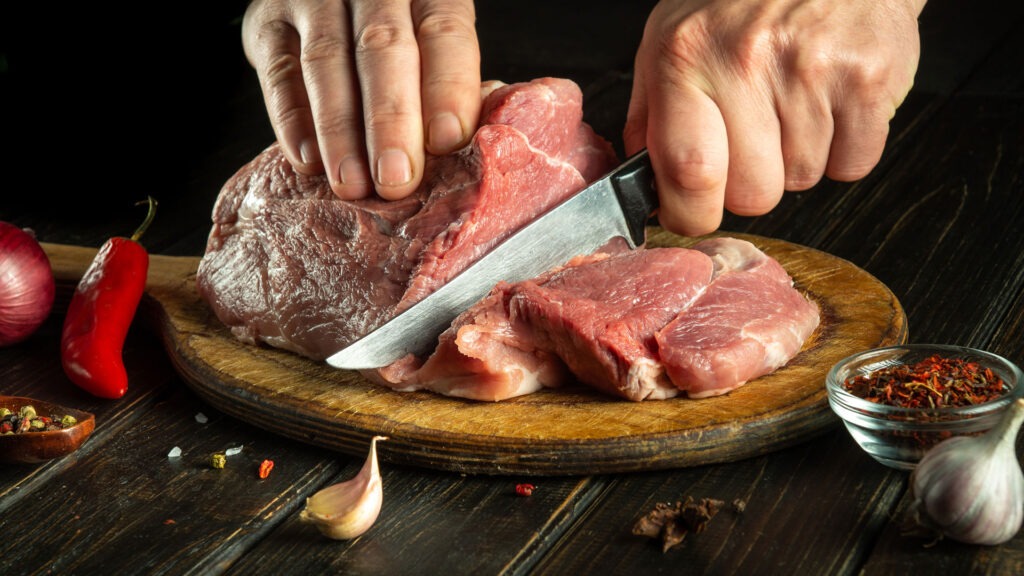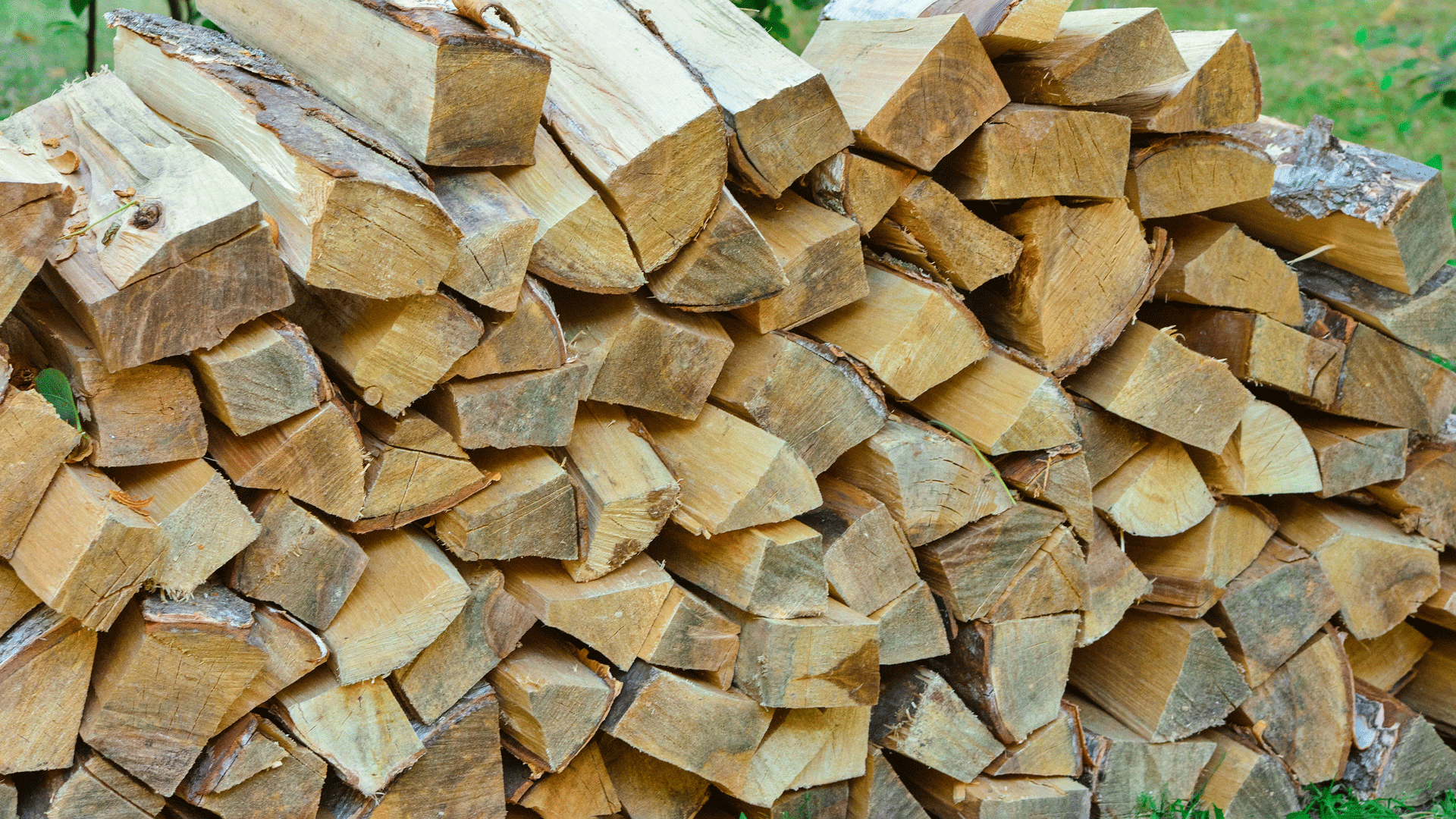How Many Steaks in a Cow: A Comprehensive Guide

Have you ever wondered just how many steaks in a cow you can actually get? It’s a question that might tickle the curiosity of not only those interested in buying bulk beef but also young chefs and steak enthusiasts alike.
Today, we’re going to embark on a journey to uncover the mystery behind the number of steaks in a single cow and what factors play a role in this calculation.
Exploring the Beef Sections
When you’re at the butcher’s or strolling through the meat section of your local grocery store, you’re likely to encounter different beef section.
Chuck
The Chuck section is a part of the cow near the neck and shoulder. It’s a hard-working area, so the meat from here is full of flavor. When you hear about chuck roast or stew, they’re from this section.
Rib
Next up is the Rib section, which is further back on the cow, closer to the spine. This area is known for less movement, which means the meat is more tender.
Loin
The Loin found along the cow’s back, these muscles do less work, which means the meat is incredibly tender.
Round
Moving towards the cow’s rear end, we have the Round. This lean section produces the Round Steak and the Round Roast.
Sirloin
Just in front of the round is the Sirloin. It’s a well-balanced area that’s not too tough or too tender. These cuts are beefy in flavor and are often the go-to choice for a hearty steak dinner.
Brisket and Shank
The chest area of the cow gives us the Brisket and Shank. The Brisket is known for its rich, deep flavor in barbecue recipes.
The Shank, found in the leg, is less tender but packed with flavor, making it ideal for braising in dishes like Osso Buco, where it’s cooked slowly until it falls off the bone.
Plate
Just below the rib section is the Plate. These cuts are thinner and have lots of muscle fibers, which makes them perfect for quick grilling.
Flank
Last but not least, we have the Flank, located on the cow’s belly. The area is lean and has a strong beefy flavor.
What Determines the Number of Steaks In A Cow?

If you have encountered the issue that one time the cuts of steak were more while next time the quantity was less. So, what factors affect the quantity? Here are some factors listed below;
Breed of Cow
The breed of the bovine is important because some have more muscles than others. More muscles generally mean more meat, and therefore, potentially more steaks.
Cut of Beef
Think of a butcher as an artist. The way they choose to carve the meat can greatly affect steak counts. Some butchers might cut thicker steaks, which means you’ll end up with fewer pieces overall. On the other hand, thinner cuts will yield more steaks.
Bone-In & Boneless
It’s all about the bones. If you go for bone-in steaks, like a classic ribeye, you’ll typically have fewer pieces because the bone takes up some space. However, many people find these steaks tastier and juicier.
On the flip side, boneless steaks, like filet mignon, can give you more individual pieces from the same amount of meat.
Cow Weight
The size of the cow matters too. After a cow is harvested, its ‘hanging weight’ is the weight of the carcass before it’s processed into steaks and other products.
Types of Steaks from a Cow
Now, let’s take a closer look at some popular different cuts of meat:
Filet Mignon
Known for its supreme tenderness, the Filet Mignon is a high-end cut. It comes from the smaller end of the tenderloin, located on the back rib cage of the cow. Its buttery texture makes it a top choice for special occasions.
Ribeye
Ribeye steaks are cut from the rib section of the cow and are famous for their rich, beefy flavor. They have beautiful marbling of fat throughout, which keeps them juicy and enhances their taste when cooked.
New York Strip
Also known as the Strip Steak, this cut has a fine balance of tenderness and flavor. It’s a leaner option compared to the Ribeye but still offers a bold beef taste, making it a popular choice for many steak enthusiasts.
T-Bone Steak
The T-Bone is a two-for-one treat. It has a T-shaped bone that divides two types of steak: the Strip Steak on one side and the Tenderloin on the other. This steak offers a variety of textures and flavors in one cut.
Porterhouse Steak
Similar to the T-Bone, the Porterhouse contains more of the Tenderloin portion. It’s a generous cut that’s perfect for those who love the Filet Mignon but also want the hearty flavor of a New York Strip.
Sirloin Steak
Sirloin steaks are divided into Top Sirloin and Bottom Sirloin. Both are known for their deep beef flavor and are more affordable than some other cuts. They’re versatile and can be cooked in various ways, making them a family favorite.
Flank Steak
This long and flat steak is known for its strong beef flavor and lean texture. It’s often used in dishes where it’s sliced against the grain, like fajitas or stir-fries, which helps make it more tender.
Skirt Steak
Cut from the diaphragm muscles of the cow, Skirt Steak is prized for its flavor. It’s a thin cut that cooks quickly and is often used in Mexican cuisine, especially for tacos and fajitas.
Hanger Steak
Also called the “butcher’s steak,” the Hanger Steak hangs from the diaphragm of the cow. It’s a tender cut with a lot of flavors and is a less common but delicious option.
Flat Iron Steak
From the shoulder of the cow, the Flat Iron is the second most tender steak after the Filet Mignon. It’s well-marbled, which gives it a rich, satisfying taste and a tender, juicy bite.
Chuck Eye Steak
Often referred to as the “poor man’s Ribeye,” the Chuck Eye Steak comes from the upper shoulder of the cow. It offers a similar flavor to the Ribeye but at a more budget-friendly price point.
Round Steak
Round steaks are lean cuts from the rear leg of the cow. They’re less tender than other cuts and are best when slow-cooked or marinated to enhance their flavor and tenderness.
Cube Steak
Cube Steak is tenderized through pounding or cubing, hence its name. It’s often used for comfort food dishes like chicken-fried steak. The tenderizing process makes it easy to cook and eat.
Tri-Tip
Shaped like a triangle, the Tri-Tip is a cut from the bottom sirloin. It’s known for its rich flavor and is versatile enough to be grilled, roasted, or slow-cooked.
Tomahawk Steak
This impressive cut is essentially a Ribeye steak with the full rib bone left intact, which resembles a tomahawk axe. The long bone makes it stand out on any plate and is perfect for a dramatic presentation.
Wrapping It Up
When considering the number of steaks that can be obtained from an average cow, it is important to understand the different cuts that can be made.
A whole beef can be broken down into primal cuts, which are then further divided into cuts like grass-fed beef, Wagyu beef, and ground beef. Depending on the preferences and needs of the consumer, they can expect to get a variety of steaks from a whole cow.



